Unleash Your Inner Rabbit by Jonathan Allen
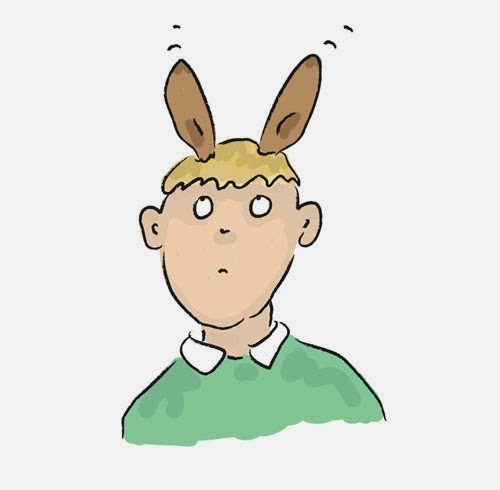
A few years ago, oh all right, more than a few years ago, I did a drawing workshop as part of day at Andover Library (I think it was there. . .). Anyway, it was concerned with drawing animals in a kid's book style, working from some stuffed animals the museum service had available. It was quite fun, and some nice drawings resulted. But it wasn't the results that made it interesting for me, it was the change of viewpoint it triggered. It made me look at what I do from an outsider's perspective and begin to see it as a process to be explored objectively.
Drawing for children's books, in my particular niche at least, is about simplifying. About reducing something to its essence and expressing that in a few lines. The interesting thing about this process is, that the essence you are reducing something to has as much to do with shared preconceptions as it has to do with physical reality.
I'll give an example of this in context. I was doing some drawing on a big flipchart while on a school visit, and as a bit of fun, I tried an experiment. Before I began to draw I asked the children to shout out as soon as they knew what animal I was drawing. I quickly drew two basic sausage shapes, sticking up vertically.
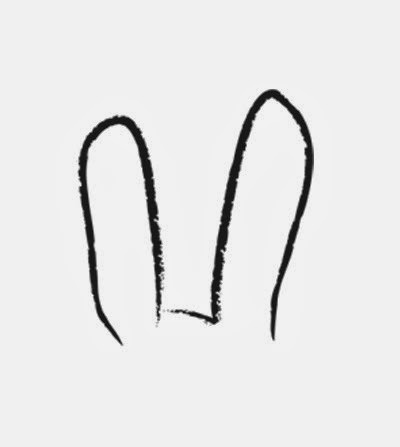
That was all that was needed. "Rabbit!" was the immediate response. I drew a long tube, thicker at one end, with an inverted 'v' at the thin end,
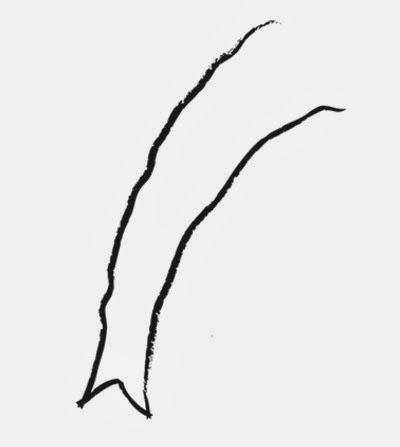
"Elephant!" came the cry almost immediately. They didn't need many visual clues at all. Some of them even got "Giraffe" straight away from one ear and the two knobbly bits on it's head, I didn't even have to draw the long neck!
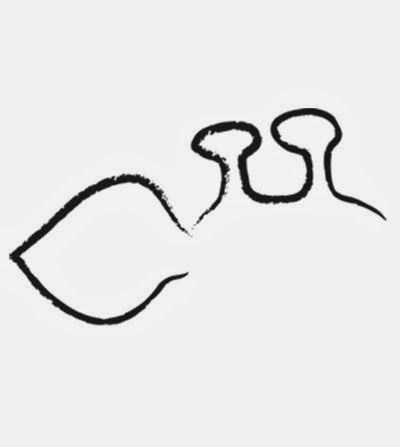
So what were they responding to? I think it was the idea of the particular animal that they were recognising. The shared concept of what a rabbit, for example, 'looks like' - what makes up a satisfactory rabbit according to our learned preconceptions. This shared concept would have been absorbed from children's books, cartoons and any other second or third hand manifestations of the collectively agreed Rabbit we carry within us, that they would have been exposed to. Some of it might have come from exposure to real rabbits, but not much.
Current scientific thinking seems to indicate that this mental process is a basic part of how the brain copes with the complexity of the visual world, by categorising and storing information into 'templates' to hold visual input up against, and guaging the relative importance of that visual input etc. We interpret the world on a 'need to know' basis, and our 'need to know' rabbit has -
1 - Big, sticky-up ears.
2 - Two prominent front teeth, though not 'fangs'.
3 - A white fluffy tail.
Which is why, in a Children's book, as long as a character has those attributes, it doesn't matter what shape or colour it is, what size it is, or whether it talks, wears clothes, or drives fork lift truck, everyone knows it's a Rabbit. Of course it is!
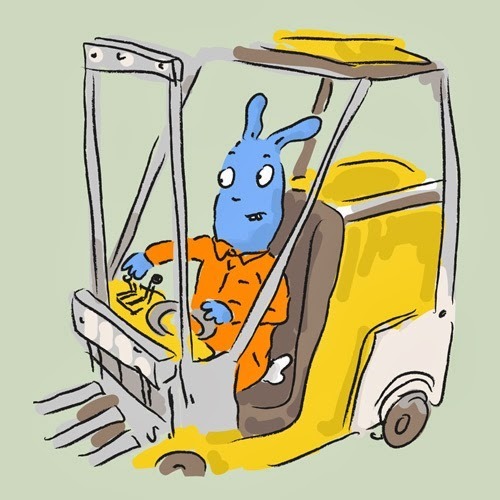 featuring my 'inner, need-to-know fork lift truck'. . .
featuring my 'inner, need-to-know fork lift truck'. . .
Published on February 14, 2014 00:30
No comments have been added yet.



